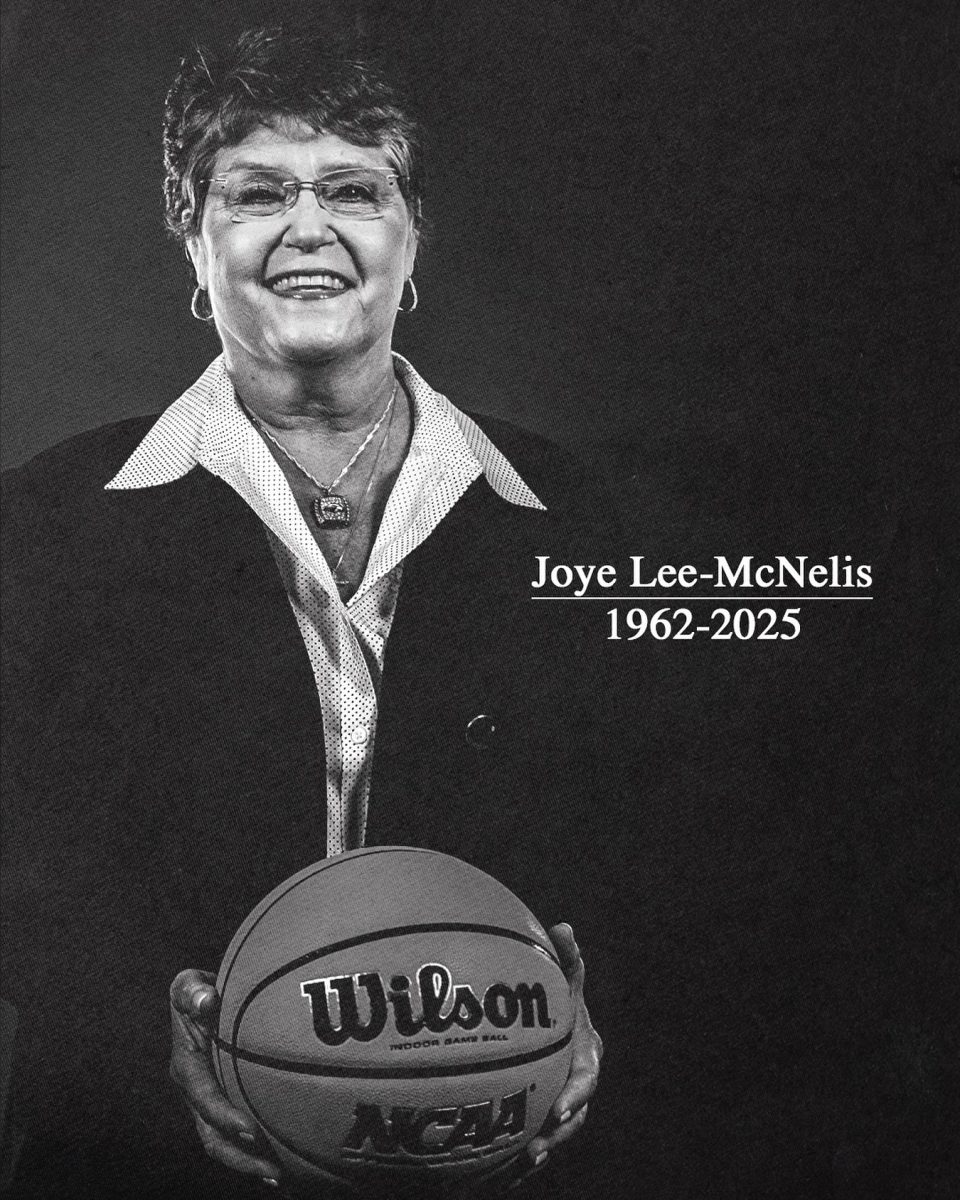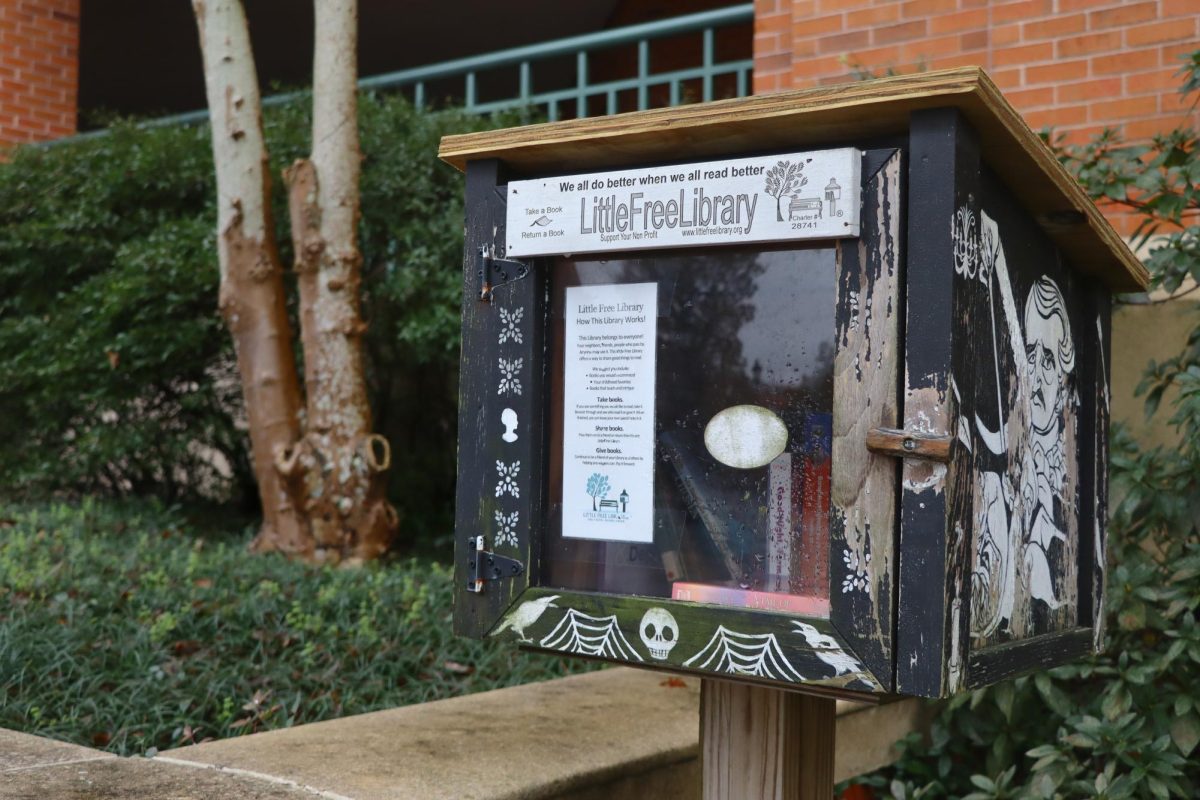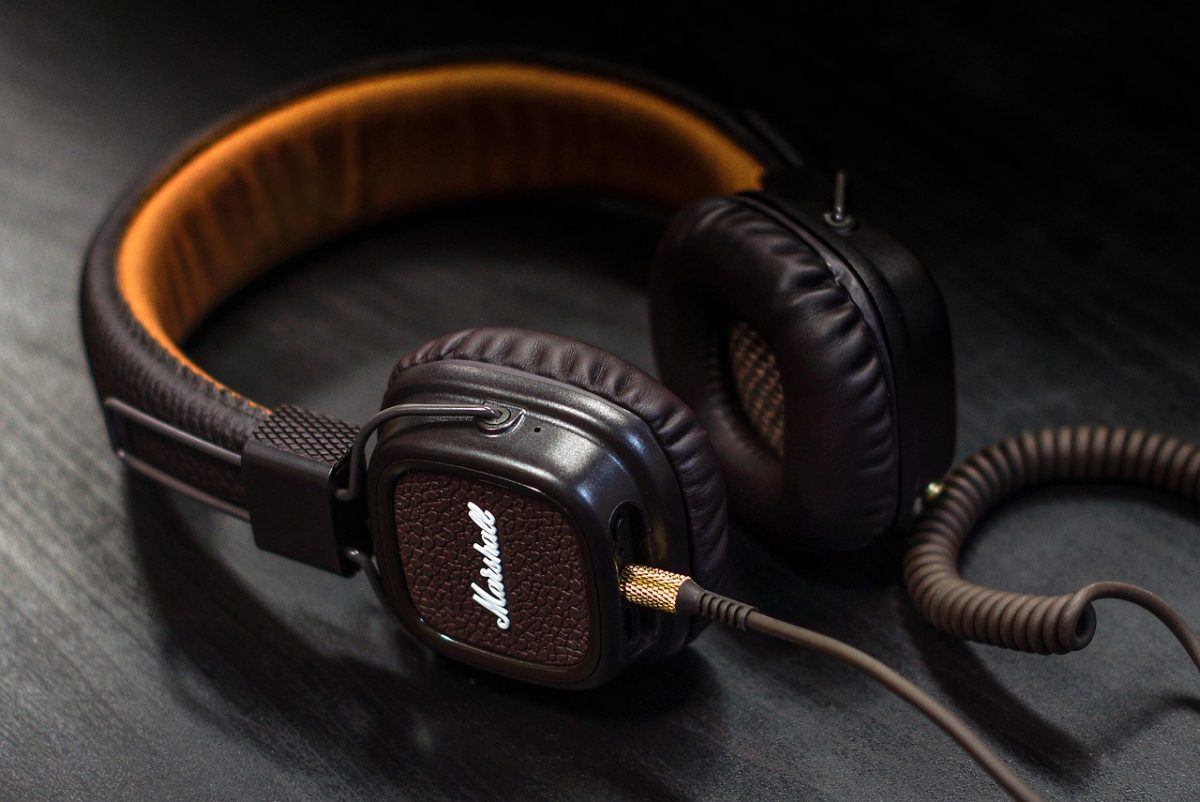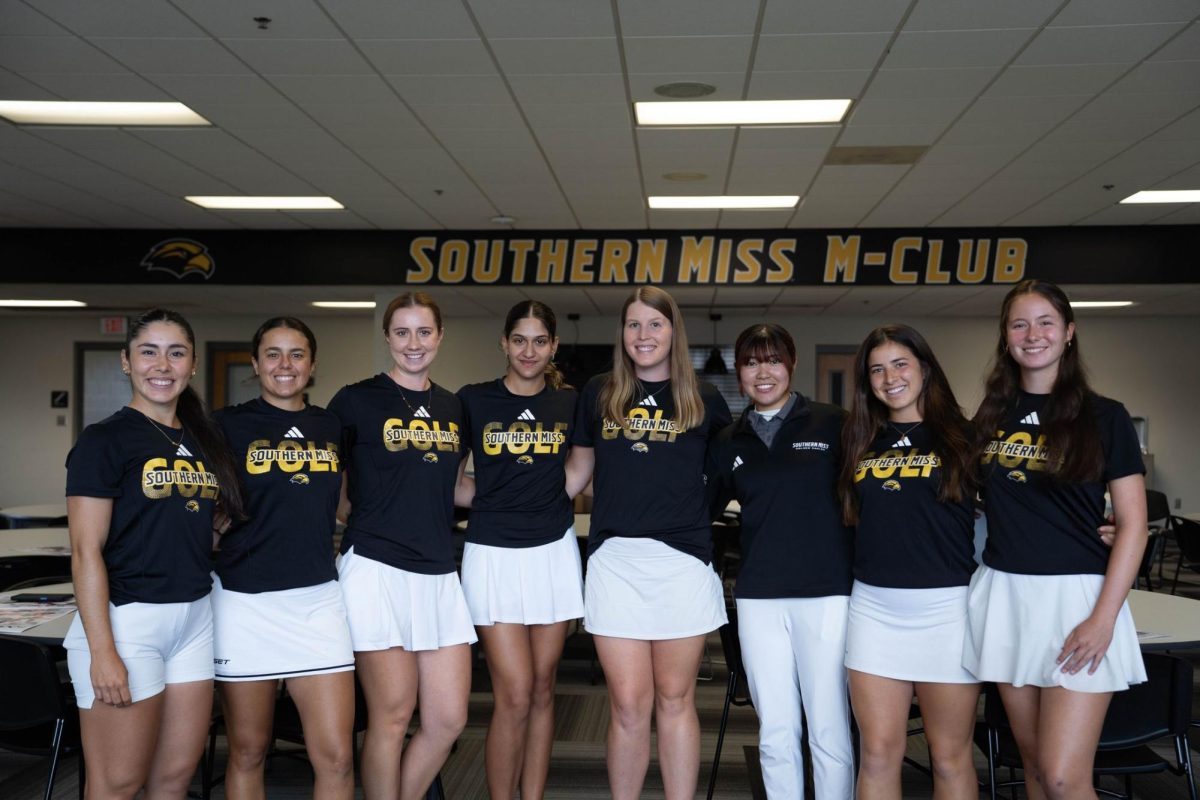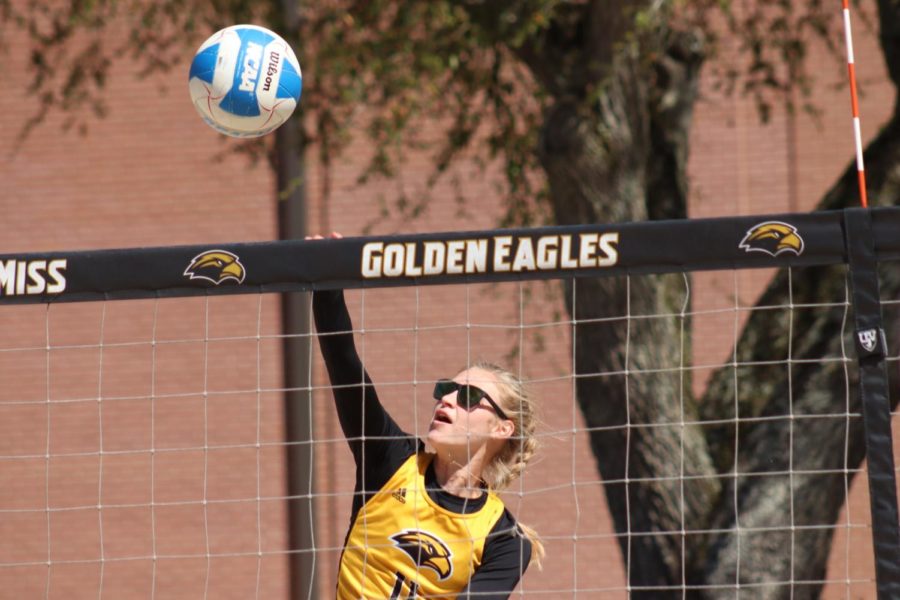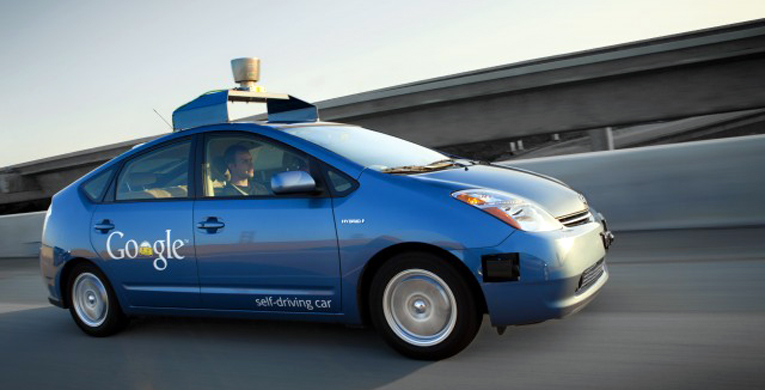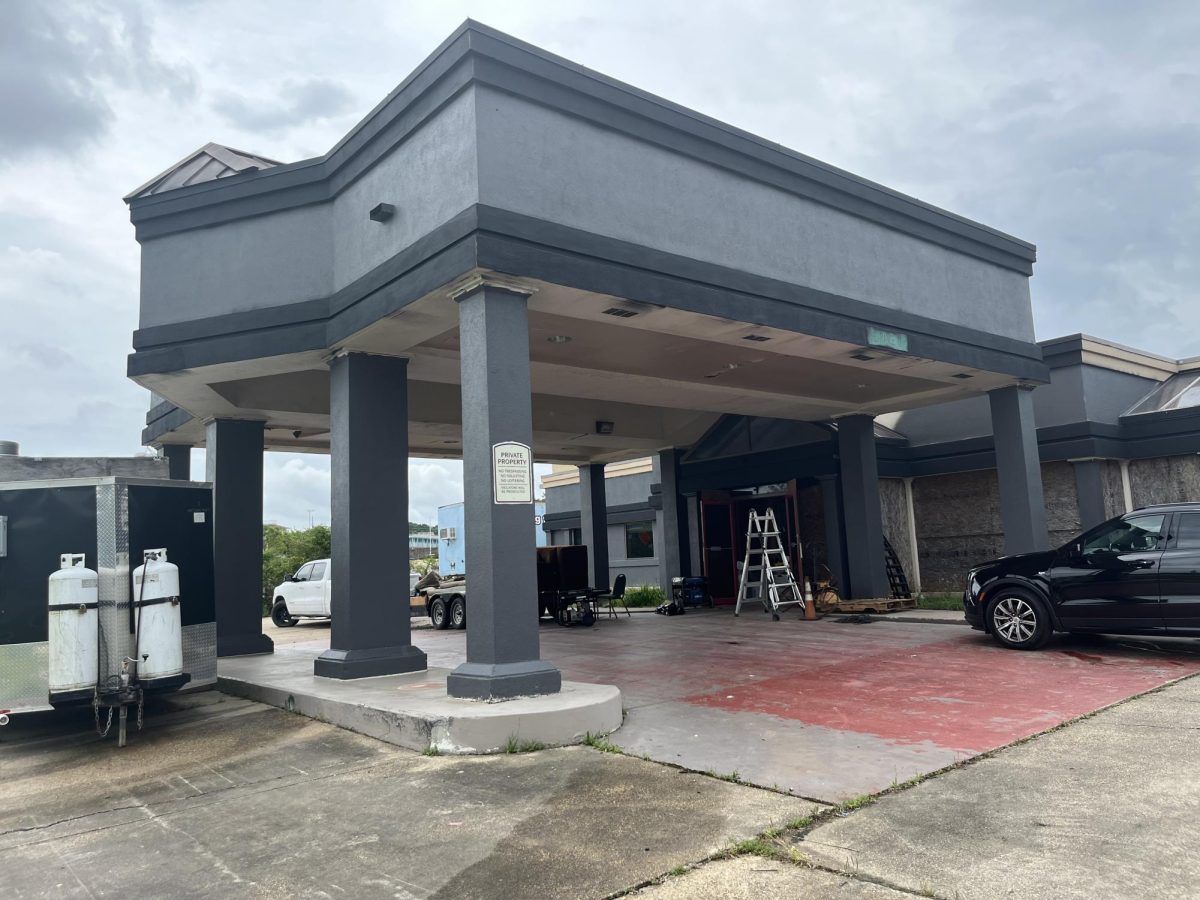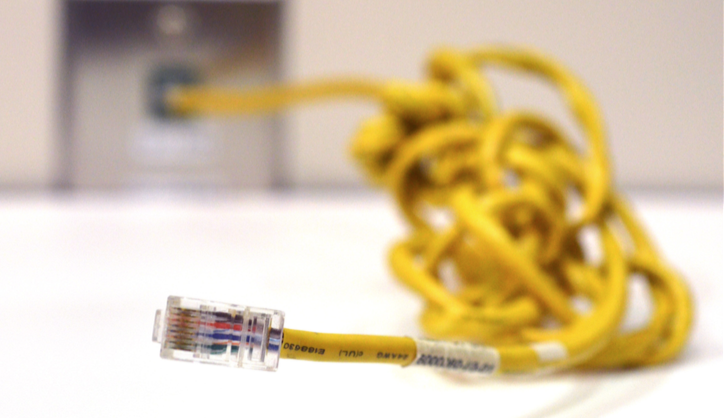
The California Department of Motor Vehicles issued its first permits for self-driving vehicles Sept. 16, becoming just the second state to do so.
According to an Ars Technica article, Volkswagen, Mercedes Benz and Google were issued permits last week for these vehicles through the DMV. The three companies collectively own 29 self-driving vehicles, a small fraction of California’s 32 million registered vehicles in the state.
However, they are not the only companies looking to begin testing their vehicles.
“There are a handful of different companies that are completing their application,” said Bernard Soriano, a spokesman for the California DMV.
California is now allowing testing to begin for these varieties of vehicles. Nevada began issuing permits in May 2012.
The advent of self-driving vehicles may be an advancement many citizens in the U.S. dismiss as a dream of a distant future or an impossibility, but with these companies moving to more rigorous testing, it appears they may not be as far away as we think.
While these permits were just issued, applications for permits have been available since May this year. The companies which desire to test their vehicles must pass many stages of approval: attaining the testing permit itself, certifying employees to ride in and test the vehicles and securing $5 million insurance or safety bonds for each vehicle.
Further complicating the process, operators must also obtain their own permits from the DMV through DMV-approved training programs created by vehicle manufacturers.
Regardless of all these hoops, many companies still seem eager to push these types of vehicles to the point that we may see them being widespread in the next few decades.
Potential for the development of these vehicles is arguably both beneficial and negative. Of course, there is a certain market that would likely be assisted by these vehicles and tapped into by automotive companies.
“I think it’s a great technological development,” said Mark Norman, a sophomore polymer science and engineering major. “It could help disabled and elderly individuals who are unable to drive themselves.”
But, there are also a number of possible concerns in regards to this advancement.
“I think these vehicles still need to be 100 percent safe with both self-driven cars and human-driven cars. Until that’s the case, I’m ambivalent on their public use,” said Richard Andrews, a sophomore English major.
Potential negatives are not only limited to driver safety. Many driver jobs may be lost as these vehicles begin to spread across the U.S.
But, there is also optimism regarding this issue due to change may take effect gradually in a manner that accommodates driver employees. Additionally, some individuals fear that the technological advancements used to develop and sell these vehicles commercially may result in a worrying lack of privacy for drivers and operators.
Regardless of how driverless cars develop and spread in the next few decades, it is clear that they are not far separated from being a looming reality within our society. Whether they will be viewed as a positive or negative technological development may be indeterminable until they are a more widespread mode of transportation.

